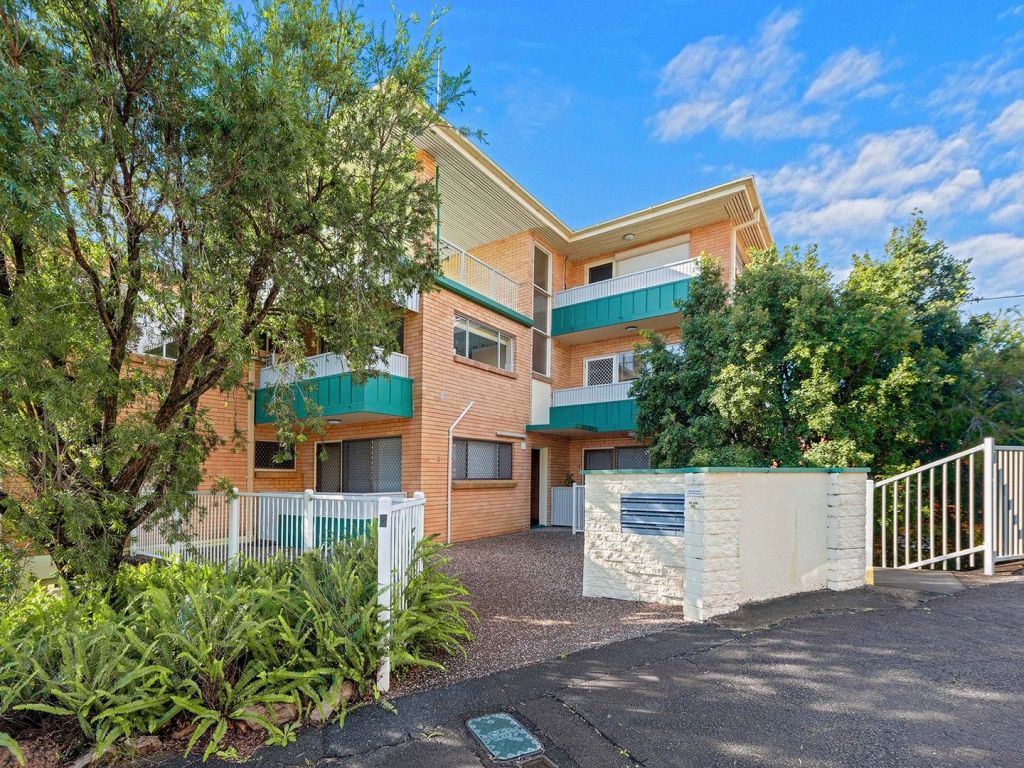Fuelled by low vacancy rates, interstate migration and skyrocketing property prices, median weekly asking rents rose by $10 in three months to $460 for houses and $410 for units. House rents in some hot spots, such as Brisbane west, climbed by almost 8 per cent to $550.
It’s the fifth consecutive quarter in which house rents have risen across the sunshine state capital, according to the latest Domain Rent Report, released on Thursday. It’s also the first time in a year that rents for units have increased faster than for houses as the drought for affordable housing close to the city centre worsens.
While the figures paint a compelling portrait for landlords and investors it is a grim outlook for some of the city’s already struggling tenants who are being forced to move further out and into shared living in a trend that could strengthen once borders reopen, experts say.
“It is a challenge for household budgets as rents have risen faster than wages growth,” said Dr Nicola Powell, chief of economics and research for Domain.
“But I think the flip side is we are starting to see greater investment activity and if we continue that will also increase the stock levels. It [also] appears the pace of growth has peaked, with more subdued growth rates anticipated.
The upward price rise trend, even subdued, could hamper the efforts of first-home buyers looking to leap onto the property ladder, a fact that could be exacerbated by the Australian Prudential Regulation Authority (APRA) lending criteria changes that will limit the amount some buyers can borrow.

“I think for first-home buyers – for locals – these are conditions that they haven’t experienced in a number of years and during the 2010s there was such subdued rental growth, so they are used to having steady rents but the tides have changed and now they are navigating through a market of rising rents. They are facing rising purchasing prices as well, so it could keep people renting for longer and savings goals will be pushed out as they may have to pay more,” Dr Powell said.
“I think for tenants and anybody looking to purchase we’ll see more of that geographical shift [to Brisbane’s affordable outer suburbs]. The greatest rates of growth are already happening in those outer areas … and for those who can work from home or even partly work from home it does mean they can rent further afield.”
Despite the rental squeeze, the city remains the third most affordable capital city in Australia for median house rents, and the fourth for units – according to the Domain report – with the return of investors to the market also generating increased rental stock after the city reached the peak of a multi-year vacancy rate low in July this year.
“We have a little greater rental choice now because investors are looking to south-east Queensland and the fact that prices are rising and the fact that there’s a major sporting event occurring [in 2032] means there will be a lot of infrastructure spending,” Dr Powell said.
Ray White Metro North principal David Treloar said across their office, rental prices rose in 85 per cent of listings in the past quarter with some posting hikes of 25 per cent [annually] amid one of the strongest rental booms he’d seen.
“This demand is across the board …and I feel that it will just fuel more investors [to put their money in Brisbane],” Mr Treloar said.
“And the one thing we didn’t have 12 months ago is investing in units for rentals … but now we do and that’s good news for renters.”
Despite the increase of rental stock, Mr Treloar said the reopening of borders – domestic and international – would undoubtedly create an influx of new tenants.
“And without question, we’ll have a larger share of international tourists and expats this time … because Brisbane has more freedom, [so] it’s going to become more of a destination now … and there’s still so much value here in rentals and sales,” he said.
Harcourts Property Centre head of client investment, Dimitri Loukaras, said the non-stop shortage of houses in the market had translated to increased demand on rentals with two new tenant types adding immense pressure on the already soaring sector.




